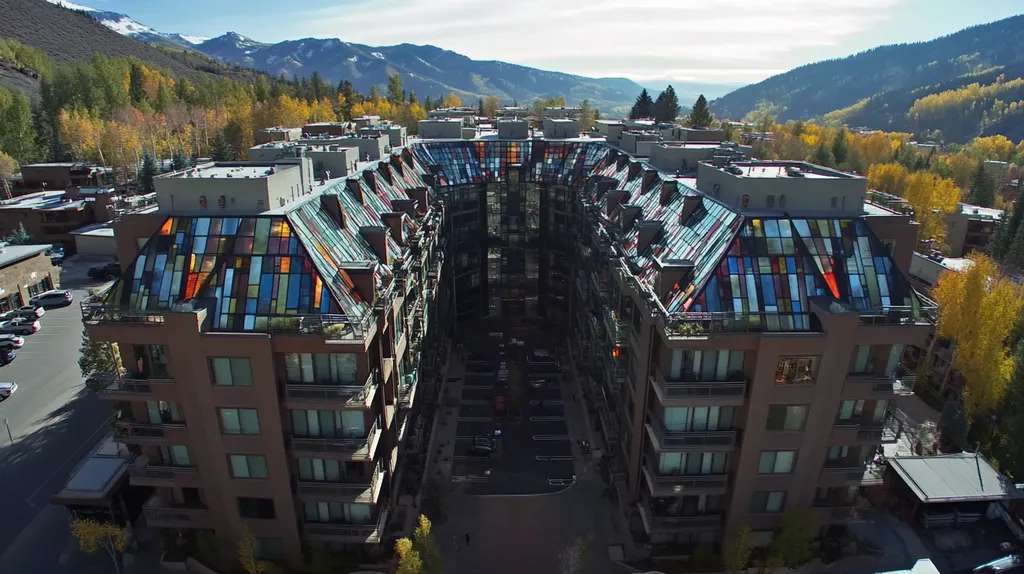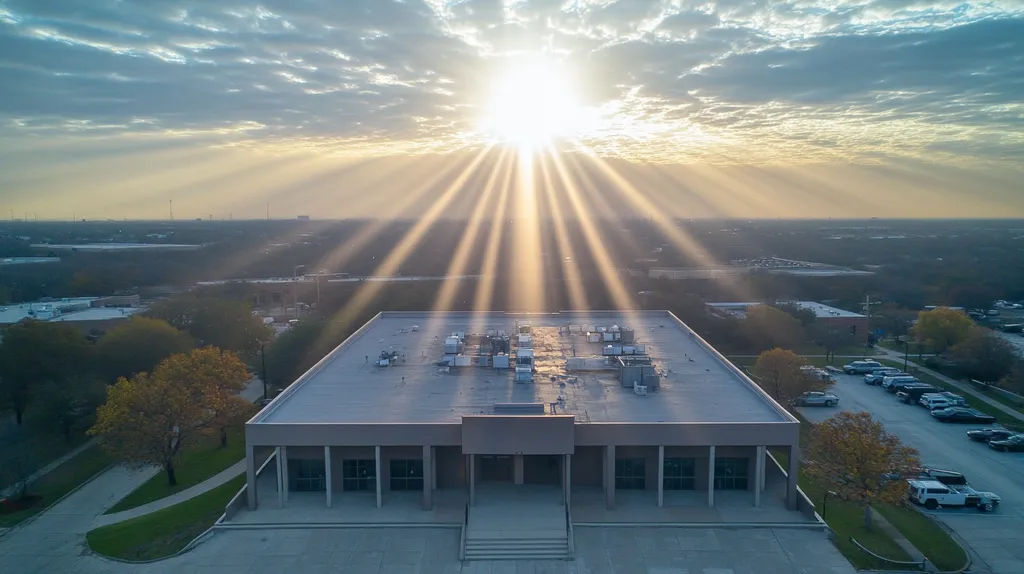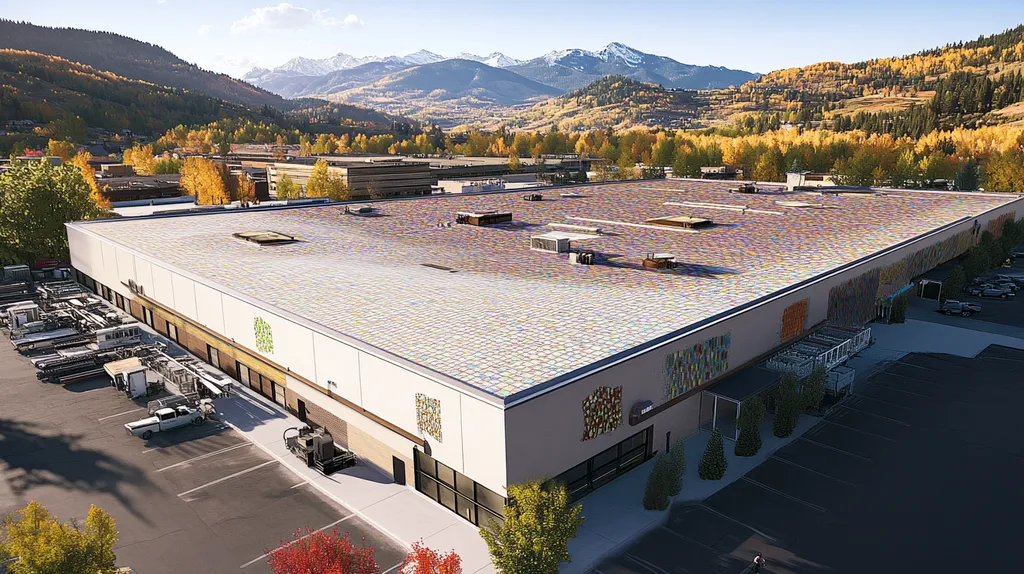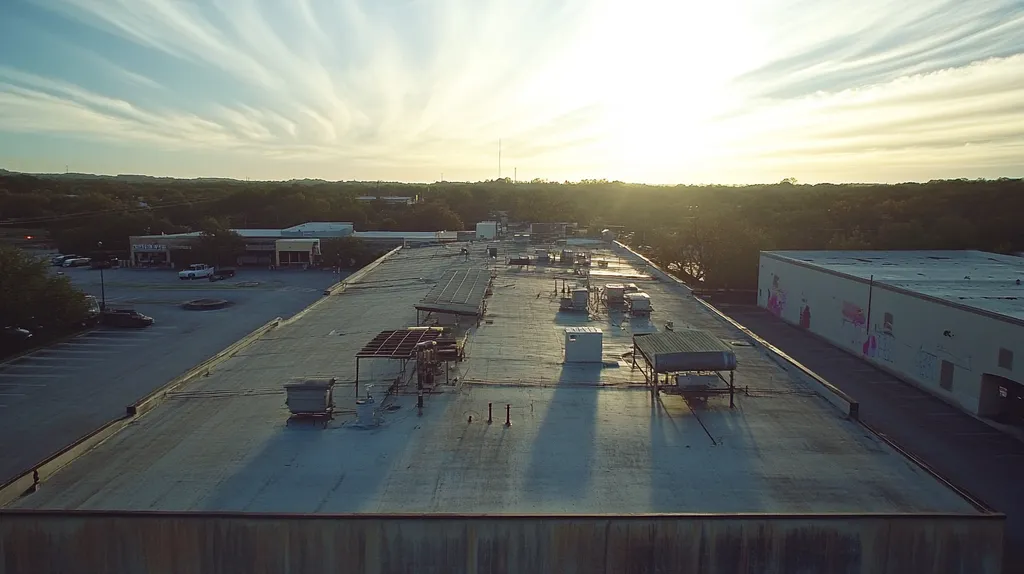Welcome to today’s Battle Royale featuring two roofing heavyweights: “TPO” in the east corner versus “PVC” in the west!
Tonight’s showdown pits these contenders against each other across six punishing rounds designed to test every aspect of their performance for local regulations affecting commercial roof installation.
At stake? Millions in potential costs, decades of building protection, and the critical performance demands of modern commercial and industrial facilities.
Our professional judging panel will evaluate each round on technical merit, real-world performance, and value delivery. After all six rounds, we’ll declare our ultimate champion.
Ladies and gentlemen, facility managers and building owners… it’s time to rumble!
ROUND 1: INITIAL COSTS & INSTALLATION
When choosing between TPO and PVC roofing systems, property owners face crucial decisions that directly impact their bottom line. Local building codes and regulations significantly influence material selection, installation requirements, and project timelines. Understanding these requirements is essential, as non-compliance can result in costly delays, fines, or even complete system replacement.
Material Expenses
Material costs represent a significant portion of any commercial roofing project, with variations driven by local code requirements and regional availability. TPO generally costs 15-25% less per square foot than PVC, making it an attractive option for budget-conscious projects.
Installation standards require both TPO and PVC systems to meet rigorous ASTM testing requirements for air and water infiltration. Additionally, structural requirements must comply with ASCE 7 load combinations, which can affect material selection and thickness. (source: Insurance Institute for Business & Home Safety)
While PVC commands a higher price point, its superior chemical resistance may be required in areas with specific environmental regulations. However, TPO’s lower cost and widespread code acceptance give it a clear advantage in this category.
Installation Complexity
Installation complexity directly affects labor costs and project duration. TPO installations typically require fewer specialized tools and techniques, resulting in more competitive contractor pricing and broader installer availability.
PVC installations demand more precise seam welding and detailed flashing work, often requiring certified installers. This specialized labor requirement can limit contractor options and increase costs, particularly in markets with strict certification requirements.
While both materials must meet local wind uplift and weather resistance standards, TPO’s simpler installation process makes compliance more straightforward. This gives TPO another clear advantage in installation complexity.
Project Timeline
Project timelines significantly impact business operations and tenant satisfaction. TPO installations typically progress faster due to simpler application techniques and fewer regulatory hurdles.
PVC installations often require additional inspection points and more detailed documentation to satisfy local building authorities. These extra steps can extend project duration by 20-30%, affecting occupancy schedules and business operations.
While both systems require careful attention to edge flashing and equipment curb installation, TPO’s streamlined process typically results in faster project completion. This gives TPO the advantage in timeline efficiency.
ROUND 1 WINNER: TPO
ROUND 2: DURABILITY & LIFESPAN
When evaluating commercial roofing systems, durability and lifespan directly impact long-term property value and maintenance costs. Local building codes increasingly mandate specific performance standards for weather resistance, structural integrity, and material longevity. Understanding these requirements is crucial, as premature roof failure can lead to extensive damage, business interruption, and regulatory violations.
Weather Resistance Requirements
Commercial roofs must meet stringent performance standards for wind uplift, impact resistance, and weathering. Structural roof decks and components must meet wind design pressures per ASCE 7 standards, with roofing materials installed to comply with ASTM requirements and regional impact resistance codes, especially in hurricane-prone areas. (source: Insurance Institute for Business & Home Safety)
TPO membranes typically meet basic weather resistance requirements but may struggle in regions with extreme temperature fluctuations. Their performance can degrade faster in areas with high UV exposure or frequent thermal cycling.
PVC systems excel in harsh weather conditions, maintaining their protective properties even after years of exposure. Their superior resistance to ponding water and chemical exposure makes them ideal for facilities in challenging environments.
PVC holds a clear ADVANTAGE in weather resistance requirements.
Material Longevity
Local codes often specify minimum warranty requirements and expected service life for commercial roofing systems. These requirements aim to protect property owners and ensure sustainable building practices.
TPO roofing typically carries 15-20 year warranties, though actual performance can vary significantly based on environmental conditions and installation quality. Some jurisdictions now require documentation of anticipated service life before permit approval.
PVC systems routinely achieve 25-30 year lifespans, with many installations exceeding their warranty periods. Their proven track record of longevity often helps expedite permit approvals in jurisdictions with strict durability requirements.
PVC demonstrates clear ADVANTAGE in material longevity.
Maintenance Requirements
Regular maintenance inspections are mandatory in many jurisdictions, with frequency and scope determined by material type and local regulations. These requirements aim to prevent premature failure and ensure ongoing code compliance.
TPO systems generally require more frequent inspections and maintenance, particularly around seams and penetrations. Local codes may mandate quarterly or semi-annual professional inspections for TPO roofs in certain climate zones.
PVC roofing typically needs less frequent maintenance, with many jurisdictions allowing annual inspections. Their superior resistance to environmental stress and physical damage reduces the scope of required maintenance activities.
PVC claims another clear ADVANTAGE in maintenance requirements.
ROUND 2 WINNER: PVC
ROUND 3: PERFORMANCE FACTORS
Performance factors in commercial roofing have become increasingly critical as building codes evolve to meet modern challenges. Property owners face mounting pressure to select roofing systems that comply with stringent regulations while delivering optimal performance. The stakes are particularly high as non-compliant installations can lead to costly retrofits and potential building code violations.
Environmental Compliance
Modern building codes now mandate specific environmental performance standards for commercial roofing systems. Most states adopt building codes from the International Code Council, requiring specific design standards and minimum insulation values for energy efficiency and structural safety. (source: National Roofing Contractors Association (NRCA))
TPO membranes generally meet basic environmental requirements and offer excellent solar reflectivity. Their chemical composition allows them to achieve high Energy Star ratings without additional treatments or coatings.
PVC systems exceed most environmental standards and offer superior chemical resistance. Their advanced formulation provides excellent resistance to pollutants and acid rain, making them particularly suitable for industrial areas.
PVC demonstrates clear ADVANTAGE in environmental compliance.
Energy Performance
Energy efficiency requirements continue to shape roofing system selection across different climate zones. Both materials must meet increasingly strict thermal performance standards as energy codes evolve.
TPO membranes deliver excellent solar reflectivity and thermal performance in warm climates. Their white surface maintains reflective properties longer than many alternatives, helping reduce cooling costs.
PVC roofing provides comparable energy benefits but often requires more frequent cleaning to maintain optimal reflectivity. However, its superior heat-welded seams prevent thermal bridging more effectively.
Results indicate a TIE in energy performance.
Fire Safety Standards
Fire safety compliance represents a critical performance factor in commercial roofing selection. Local building codes mandate specific fire resistance ratings based on building occupancy and location.
TPO systems meet basic fire safety requirements but may require additional fire-retardant treatments in certain applications. Their performance in extreme heat conditions can vary based on membrane thickness.
PVC inherently provides superior fire resistance without additional treatments. Its chemical composition includes fire-retardant properties that exceed most local code requirements.
PVC claims clear ADVANTAGE in fire safety standards.
ROUND 3 WINNER: PVC
ROUND 4: MAINTENANCE REQUIREMENTS
Maintaining commercial roofing systems has become increasingly complex as building codes evolve to address long-term performance and safety concerns. Property owners face strict compliance requirements that directly impact maintenance schedules, inspection protocols, and documentation standards. Understanding these requirements is crucial, as inadequate maintenance programs can lead to premature system failure and costly code violations.
Inspection Requirements
Modern building codes specify mandatory inspection schedules and documentation requirements for commercial roofing systems. Property owners must maintain detailed maintenance records to demonstrate ongoing code compliance and warranty adherence. (source: National Roofing Contractors Association (NRCA))
TPO systems typically require quarterly inspections to monitor seam integrity and surface degradation. These frequent checks help identify potential issues before they compromise system performance or violate maintenance standards.
PVC roofing usually permits extended inspection intervals due to superior material stability and proven long-term performance. Many jurisdictions allow semi-annual inspections for PVC systems, reducing compliance costs while maintaining safety standards.
PVC demonstrates clear ADVANTAGE in inspection requirements.
Repair Protocols
Local regulations often mandate specific repair procedures and documentation requirements to maintain building code compliance. These protocols ensure repairs meet safety standards and preserve system integrity.
TPO repairs frequently require extensive surface preparation and precise temperature control to achieve proper membrane fusion. This complexity can extend repair timelines and increase maintenance costs.
PVC systems offer simpler repair solutions with more forgiving weld temperatures and better material compatibility. Their chemical composition allows for easier patch application while maintaining required performance standards.
PVC claims clear ADVANTAGE in repair protocols.
Preventive Maintenance
Building codes increasingly emphasize preventive maintenance programs to extend roof system longevity. These requirements aim to protect property value and ensure consistent performance.
TPO systems benefit from regular cleaning and surface treatments to maintain reflectivity and prevent premature aging. However, their sensitivity to chemical exposure can complicate maintenance procedures.
PVC roofing requires less intensive preventive care while delivering consistent performance. Their superior chemical resistance simplifies maintenance procedures and reduces the risk of accidental damage.
PVC shows clear ADVANTAGE in preventive maintenance.
ROUND 4 WINNER: PVC
ROUND 5: SUSTAINABILITY CREDENTIALS
Evolving environmental regulations are reshaping commercial roofing requirements across the country. Property owners face increasing pressure to meet stringent sustainability standards while maintaining building performance. Non-compliance with these emerging green building codes can result in permit denials, hefty fines, and loss of tax incentives worth hundreds of thousands of dollars.
Energy Efficiency and Insulation
Structural roof assemblies must now meet specific thermal performance requirements based on climate zone and building use. The Insurance Institute for Business & Home Safety emphasizes that modern roofing systems must integrate properly with building envelope components while meeting strict load and wind uplift criteria. (source: Insurance Institute for Business & Home Safety)
TPO membranes excel in solar reflectance and thermal emittance, consistently achieving high Energy Star ratings. Their performance typically exceeds minimum code requirements for cool roofing, particularly in urban heat island zones.
PVC systems deliver good thermal performance but generally require thicker membranes to match TPO’s insulation values. While both materials can meet base energy code requirements, TPO’s superior thermal properties give it more flexibility in meeting enhanced green building standards.
TPO demonstrates clear ADVANTAGE in energy efficiency requirements.
Material Impact and Recyclability
Local jurisdictions increasingly mandate recyclable building materials and documented end-of-life management plans. These requirements aim to reduce construction waste and promote circular economy principles in commercial construction.
TPO membranes can be fully recycled into new roofing products, with many manufacturers offering take-back programs. Their simpler chemical composition makes them easier to process and reuse, aligning with stricter waste reduction requirements.
PVC recycling faces more challenges due to its complex chemical structure and additives. While technically recyclable, fewer facilities can process PVC roofing materials, potentially limiting compliance options in areas with strict waste diversion requirements.
TPO claims clear ADVANTAGE in material impact and recyclability.
Long-Term Environmental Considerations
Building codes increasingly emphasize whole-lifecycle environmental impact when evaluating roofing systems. This includes manufacturing processes, installation methods, and eventual disposal requirements.
TPO production generates fewer harmful byproducts and requires less energy than PVC manufacturing. Their installation also typically involves fewer volatile organic compounds, helping meet stricter air quality regulations.
PVC manufacturing raises environmental concerns due to chlorine content and production emissions. While modern PVC formulations have improved, they still face more regulatory scrutiny in environmentally sensitive areas.
TPO shows clear ADVANTAGE in long-term environmental considerations.
ROUND 5 WINNER: TPO
ROUND 6: SPECIALIZED APPLICATIONS
Commercial property owners face increasingly complex regulations for specialized roofing applications. Local building codes now mandate specific material performance criteria based on building type, location, and intended use. Non-compliance with these requirements can result in permit denials, mandatory replacements, and significant financial penalties.
Chemical Resistance Requirements
Many jurisdictions now require enhanced chemical resistance for roofing materials in industrial zones and areas with high pollution exposure. This requirement aims to prevent premature degradation and maintain long-term performance standards.
TPO membranes offer moderate chemical resistance but may degrade when exposed to certain industrial pollutants or chemical deposits. Their performance can be compromised in areas with high industrial emissions or near manufacturing facilities.
PVC systems demonstrate superior resistance to chemicals, acids, and industrial pollutants. Their enhanced formulation maintains structural integrity even in harsh chemical environments, making them ideal for industrial applications.
PVC demonstrates clear ADVANTAGE in chemical resistance requirements.
Solar Integration Standards
Commercial roofs must meet specific reflectance and material compatibility standards when integrating solar installations. The Ville de Montréal stipulates that roofing materials must achieve a solar reflectance index of at least 82, affecting both material selection and installation requirements. (source: Ville de Montréal)
TPO membranes excel in solar compatibility, offering excellent reflectivity and heat resistance. Their surface composition provides ideal conditions for solar panel mounting systems while maintaining required performance standards.
PVC systems perform well with solar installations but may require additional reinforcement at mounting points. While they meet basic compatibility requirements, their installation complexity can impact solar system integration.
TPO shows clear ADVANTAGE in solar integration standards.
Healthcare Facility Applications
Healthcare facilities face unique roofing requirements due to strict infection control and air quality standards. These regulations affect material selection, installation procedures, and maintenance protocols.
TPO systems meet basic healthcare facility requirements but may struggle with certain chemical exposures common in medical environments. Their seam integrity can be compromised by exposure to medical facility exhaust.
PVC roofing excels in healthcare applications due to its superior chemical resistance and antimicrobial properties. Their heat-welded seams provide better protection against bacterial growth and chemical contamination.
PVC claims clear ADVANTAGE in healthcare facility applications.
ROUND 6 WINNER: PVC
AND THE WINNER IS…
After six grueling rounds of technical combat, this championship bout has reached its dramatic conclusion!
With four rounds claimed decisively, PVC emerges as our undisputed champion! Its knockout performance in durability, maintenance, performance factors, and specialized applications showcases why it’s the heavyweight title-holder for commercial roofing excellence.
PVC dominated with superior chemical resistance, reduced maintenance requirements, and exceptional longevity that keeps buildings protected year after year. Its fire safety credentials and healthcare facility performance put serious distance between it and its challenger.
But don’t count TPO out! This scrappy contender proved its worth by claiming decisive victories in both cost considerations and sustainability credentials. For budget-conscious projects without extreme environmental demands, TPO remains a formidable choice.
However, fans, remember this critical disclaimer: Every building faces unique challenges in its local regulatory arena. Climate conditions, property characteristics, and specific code requirements can dramatically impact material performance. While tonight’s match provides valuable insights, property owners should always consult qualified roofing professionals who can evaluate their specific situation.
Ladies and gentlemen, in the high-stakes world of commercial roofing, victory goes not just to the strongest contender, but to those who strategically match their building’s unique requirements with the right material’s winning attributes. Choose wisely!
FREQUENTLY ASKED QUESTIONS
Q. What are the initial costs for a commercial roof installation?
A. Initial costs for a commercial roof installation vary based on material and local regulations. TPO is typically 15-25% less expensive per square foot compared to PVC. Variable local codes can also impact overall project costs and timelines.
Q. Which commercial roof material lasts longer: TPO or PVC?
A. PVC roofing systems generally have a lifespan of 25-30 years, exceeding most TPO warranties. Local codes may dictate specific durability standards, emphasizing the importance of material longevity in chosen applications.
Q. What are the performance factors affecting a commercial roof?
A. Performance factors include environmental compliance, energy performance, and fire safety standards. Both TPO and PVC must meet evolving local codes that address these aspects to avoid costly retrofits and ensure long-term viability.
Q. How often should a commercial roof be inspected?
A. Inspection frequency often depends on the roofing material and local regulations. TPO roofs typically require inspections every three months, while PVC may allow semi-annual checks due to superior stability and performance.
Q. What impact does sustainability have on commercial roofing choices?
A. Sustainability influences material selection, energy efficiency, and compliance with environmental regulations. TPO generally performs better in energy efficiency and recyclability, which are increasingly important to satisfy local codes and reduce environmental impact.
Q. Are there special roof requirements for healthcare facilities?
A. Yes, healthcare facilities have strict requirements due to infection control and air quality standards. PVC materials typically excel in these applications due to their superior chemical resistance and heat-welded seam technology.
Q. What are the chemical resistance requirements for commercial roofs?
A. Many jurisdictions now mandate enhanced chemical resistance for roofing materials. PVC outperforms TPO in this area, maintaining structural integrity even in harsh environments, which is crucial for compliance in industrial settings.











